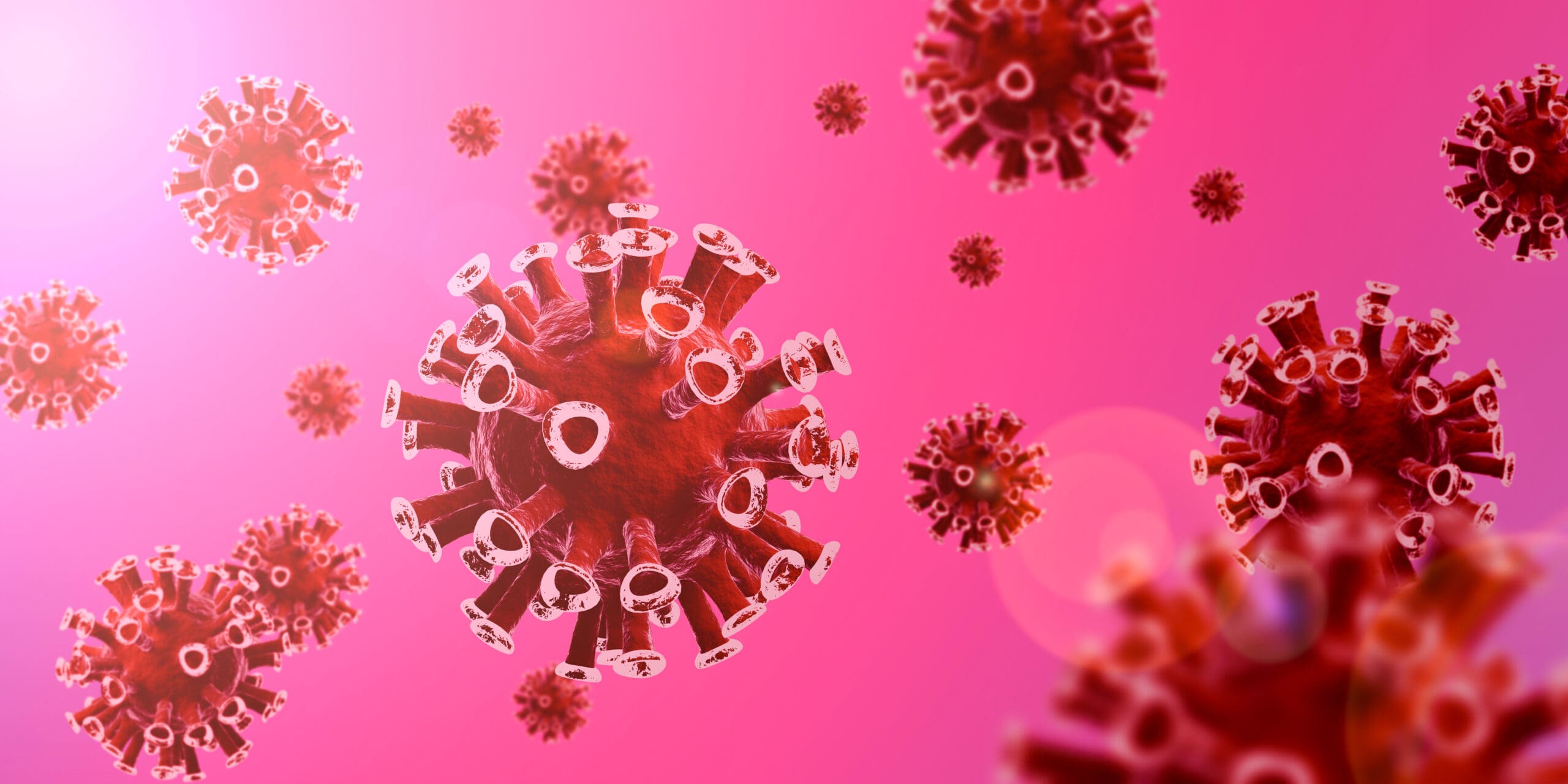Paracetamol Isn’t As Safe As You May Think
By naturopath Margaret Jasinska
Paracetamol is the most commonly used over the counter pain killer in the world. In Australia, Europe and most western nations the drug is known as paracetamol and the most common brand name is Panadol. In the USA the drug is known as acetaminophen and the most common brand is Tylenol.
Paracetamol is so easily and widely available; you can buy it in the supermarket or petrol station. It is also found in many different pharmaceutical products, such as cold and flu tablets, arthritis tablets, sinus products and even some sleeping tablets. But just because you can easily buy it, doesn’t mean it is safe. In fact, paracetamol toxicity is the most common cause of acute liver toxicity in the western world. If you take too much of it, it can kill you. It’s actually commonly used in suicide attempts. The problem is a lot of people survive, and then have to live with chronic liver failure.
Interestingly, new research has shown that if used regularly over many years, paracetamol increases your risk of developing certain blood cancers. Research published in the Clinical Journal of Oncology studied a total of 64,839 men and women aged between 50 and 76 years. Results showed that regular use of paracetamol was associated with an almost two fold increased risk of certain blood cancers including myeloid cancers, non-Hodgkin’s lymphomas and plasma cell disorders. Regular use was defined as four days or more per week for at least four years. These types of cancers become more common as people get older, and a lot of older individuals become regular users of paracetamol to control chronic pain.
Paracetamol also raises your chances of developing hearing loss when you get older, which is something not many people are aware of. Additionally, many people find that paracetamol is a trigger for tinnitus. The risks to your liver, however are the most serious.
Canada is taking this issue seriously. By March 2018, all paracetamol-containing products sold in Canada must contain the following warnings:
- Users should take the lowest effective dose.
- Adults shouldn’t take more than four grams within 24 hours.
- Users shouldn’t take the drug for more than five days for pain or three days for a fever.
- Users should be wary of mixing paracetamol with alcohol, especially if they’re having more than three drinks a day.
To help protect your health, as a general rule, adults should not exceed 4000 mg of paracetamol per day. If you commonly take several pharmaceutical medications, make sure you check if they contain paracetamol in order to avoid over dosing. If you regularly drink alcohol, paracetamol can do more harm to your liver and you shouldn’t take as much of it. If you have a chronic health problem or liver condition, you may be more likely to experience adverse health effects from paracetamol.
Safer ways to control pain
Paracetamol depletes your body of glutathione. Your liver uses up a lot of glutathione in order to break the drug down and remove it from your body. That’s a problem because glutathione is a substance made in your body that helps to reduce inflammation. If you can reduce inflammation, this goes a long way towards reducing pain. There are natural supplements that help to raise glutathione.
Certain foods are well known to raise inflammation in your body, and in this way worsen pain. The most common culprits are sugar, alcohol, wheat, gluten, dairy products and artificial additives. It is also possible for a food allergy or intolerance to worsen pain, particularly joint or muscle pain.
If you have a digestive problem, this will predispose you to suffering more pain. The health of your gut lining and the types of bacteria you have living there have a major influence on your overall health and wellbeing and how often you experience pain. Headaches, fibromyalgia, joint pain and menstrual pain all respond really well to a program that helps improve gut health.
For some people nightshade vegetables cause a flare up of pain. Nightshade vegetables are in the botanical family called Solanaceae and include eggplant, tomatoes, capsicum and potatoes (sweet potatoes are in a different family).
Regularly drinking bone broth can offer immense relief for joint pain and back pain because the gelatin acts as a building block for your own cartilage, tendons, ligaments and bones; helping to rebuild them.
Margaret Jasinska is available for consultations. Email her on margaretj@www.cabothealth.com.au for more information.
References
Curhan SC, Shargorodsky J, Eavey R, Curhan GC. Analgesic Use and the Risk of Hearing Loss in Women. American Journal of Epidemiology. Published online August 29 2012
Walter RB, Milano F, Brasky TM, White E. Long-term use of acetaminophen, aspirin, and other nonsteroidal anti-inflammatory drugs and risk of hematologic malignancies: results from the prospective Vitamins and Lifestyle (VITAL) Study. Journal of Clinical Oncology May 9, 2011.









Leave A Comment